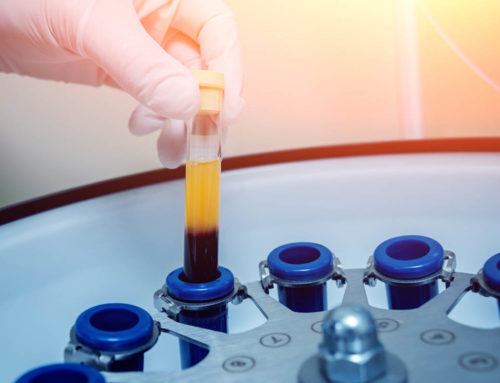Eyelid surgery, also known as blepharoplasty, is a cosmetic procedure designed to eliminate surplus skin or fat from the eyelids, thereby altering the appearance of hooded or drooping eyelids and addressing the issue of eye bags.

Prior to proceeding with the surgery, it is crucial to thoroughly contemplate your motivations for seeking eyelid surgery. Take into consideration factors such as the associated costs, potential risks, and the absence of guaranteed results. It is advisable to engage in a conversation with your general practitioner (GP) beforehand. This step is essential as there may be an underlying medical condition impacting your eyelids, or there could be reasons why the procedure might not be suitable for you.
How Eyelid Surgery (blepharoplasty) performed
Blepharoplasty can be performed using either local or general anesthesia.
Before the surgery, it is essential for the surgeon to be informed about any medications you are taking to mitigate the risk of blood clots, such as aspirin, warfarin, or apixaban.
For upper eyelid surgery, the typical steps involve:
- Making an incision along the eyelid crease within the natural skin fold.
- Removing excess skin, fat, or muscle.
- Closing the incision, with the resulting scar typically concealed within the natural eyelid fold.
Lower eyelid surgery generally includes:
- Making an incision either just below the lower eyelashes or on the inner side of the lower eyelid.
- Repositioning or removing fat from under the eyes, occasionally accompanied by a small amount of skin.
- Supporting the muscles and tendon of the eyelid if necessary.
- Closing the incision.
Following surgery, the surgeon often applies thin, adhesive strips called suture strips to provide support to the eyelids. These strips are typically removed within a week.
The duration of eyelid surgery may range from 45 minutes to 2.5 hours, and most individuals can return home on the same day.
Recovery after Eyelid Surgery
Typically, individuals take around two weeks off from work to recuperate after eyelid surgery, a duration that may vary based on the nature of their occupation.
Driving is usually restricted for several days following the procedure. Bruising and redness may persist for several weeks, while scarring may remain visible and feel tight for a few months.
To facilitate your recovery, adhering to the guidance provided by your surgeon is crucial. This may involve:
- Elevating your head with pillows during rest for a couple of days to minimize swelling.
- Gently cleaning your eyelids using the prescribed ointment or eyedrops.
- Applying a cold pack to your eyelid to reduce swelling—consider using a packet of frozen peas wrapped in a tea towel.
- Wearing sunglasses to shield your eyes from sun and wind exposure.
- Taking recommended pain relievers, such as paracetamol, to alleviate discomfort.
It is advisable to avoid:
- Engaging in strenuous activities and swimming for a few days.
- Smoking, as smoke can cause irritation to your eyes.
- Wearing contact lenses or rubbing your eyes during the recovery period.
Anticipated Side Effects
Following eyelid surgery, it is typical to experience temporary:
- Puffy, numb eyelids that may be challenging to close.
- Irritated, sensitive, or watery eyes, with this discomfort potentially lasting for a few weeks.
- Bruising in the treated area.
- Scarring, which is expected to gradually fade and become nearly imperceptible over time.

Potential Complications
While eyelid surgery can yield positive outcomes, there are potential complications, including:
- Blurred or double vision
- Asymmetry in the appearance of your eyes
- Visible scarring
- Changes in sensation in the eyelids, either reduced or increased
In rare instances, more serious issues may arise, such as:
- Injury to eye muscles
- Ectropion, characterized by the lower eyelid drooping away from the eye and turning outward
- Bleeding into the eye socket
- Visual impairment, although vision may improve over the long term
Additionally, like any surgical procedure, there is a small risk of:
- Excessive bleeding
- Formation of a blood clot in a vein
- Infection
- Allergic reaction to the anesthesia
Your surgeon should provide a thorough explanation of the likelihood of these risks and complications, along with the proposed treatment measures if they occur.
It’s worth noting that occasionally, individuals may not achieve the desired outcome and may consider another operation.
At IstanBest Clinic, we guide our patients through the transformative process of eyelid surgery with a focus on personalized care and expertise. Temporary side effects like puffy eyelids and bruising are a natural part of the healing journey, and our dedicated team ensures a smooth recovery.
While acknowledging potential risks, our highly skilled surgeons provide comprehensive consultations, explaining the likelihood of complications and detailing measures in place to address them.
As the healing progresses, IstanBest Clinic stands as a beacon of assurance, committed to fulfilling our patients’ aesthetic aspirations. Your vision of enhanced beauty and confidence is our shared goal, and we are privileged to be part of your aesthetic evolution.




